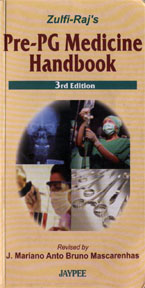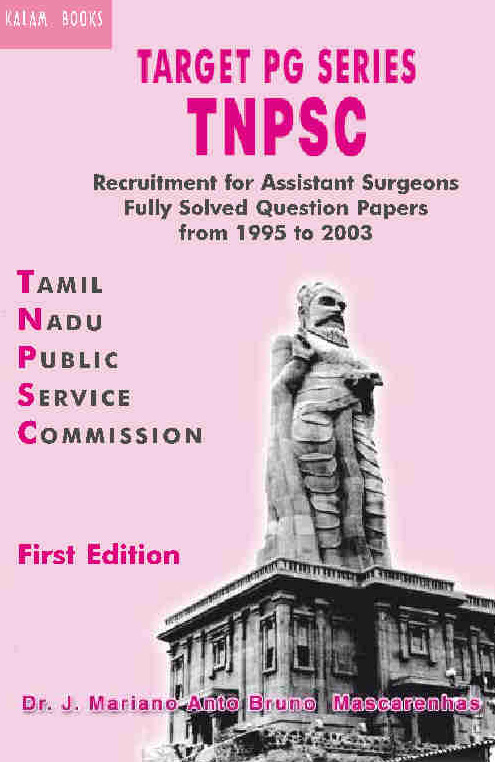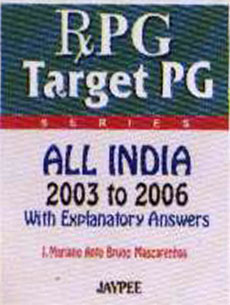1) Double Shadow is seen in
a. Mitral Stenosis
b. IBD
c. Pinealoma
d. None of the above
Answer : a) Mitral Stenosis
Reference:
2) Hilar dance on fluoroscopy is seen in cases of
a. ASD
b. Bronchectasis
c. Both
d. None
Answer : C) Both
Reference:
3) Consistent feature of Pulmonary Tuberculosis
a. Upper lobe infiltrates
b. Cavities
c. Miliary mottlings
d. Nothing
Answer : d) Nothing
Reference:
4) Water’s view is
a. Anteroposterior view
b. Occipitomental view
c. Occipitofrontal view
d. Lateral View
Answer : b) Occipitomental
Reference:
5) Gray is a Unit for
a. Activity
b. Absorbed dose
c. Exposure
d. Dose equivalent
Answer : b) Absorbed dose
Reference: PARAS – PARAS
6) Cranio spinal irradiation is given for
a. Medulloblastomas,
b. Pineoblastomas
c. Pineal germinoma
d. All of the above
Answer : d) All of the above
Reference:
7) Rhabdomyosarcoma is treated by
a. Chemotherapy
b. Radiation
c. Surgery
d. All of the above
Answer : d) All of the above
Reference: OP Ghai 6th Edition Page 576
8) Which one of the following is a recognized X-Ray feature of rheumatoid arthritis?
a. Juxta-articular osteosclerosis.
b. Sacroilitis.
c. Bone erosions.
d. Peri-articular calcification.
Answer 3. Bone erosions.
Reference Given in
9) High resolution computed tomography of the chest is the ideal modality for evaluating:
a. Pleural effusion.
b. Interstitial lung disease.
c. Lung mass.
d. Mediastinal adenopathy.
Answer 2. Interstitial lung disease.
Reference Textbook of Radiology and Imaging - 7th Edition - David Sutton Page 187
10) CT scan of a patient with history of head injury shows a biconvex hyperdense lesion displacing the grey-white matter interface. The most likely diagnosis is:
a. Subdural hematoma.
b. Diffuse axonal injury.
c. Extradural hematoma.
d. Hemorrhagic contusion.
Answer 3. Extradural hematoma.
Reference Schwartz Surgery : 7th Edition Page 1882 : Fig 40-1 Bailey & Love,23rd, Pg-550











the format is uncomprehensible
ReplyDeleteWhat is the problem
ReplyDeleteYou have got a question followed by 4 choices and the answer and the reference for it